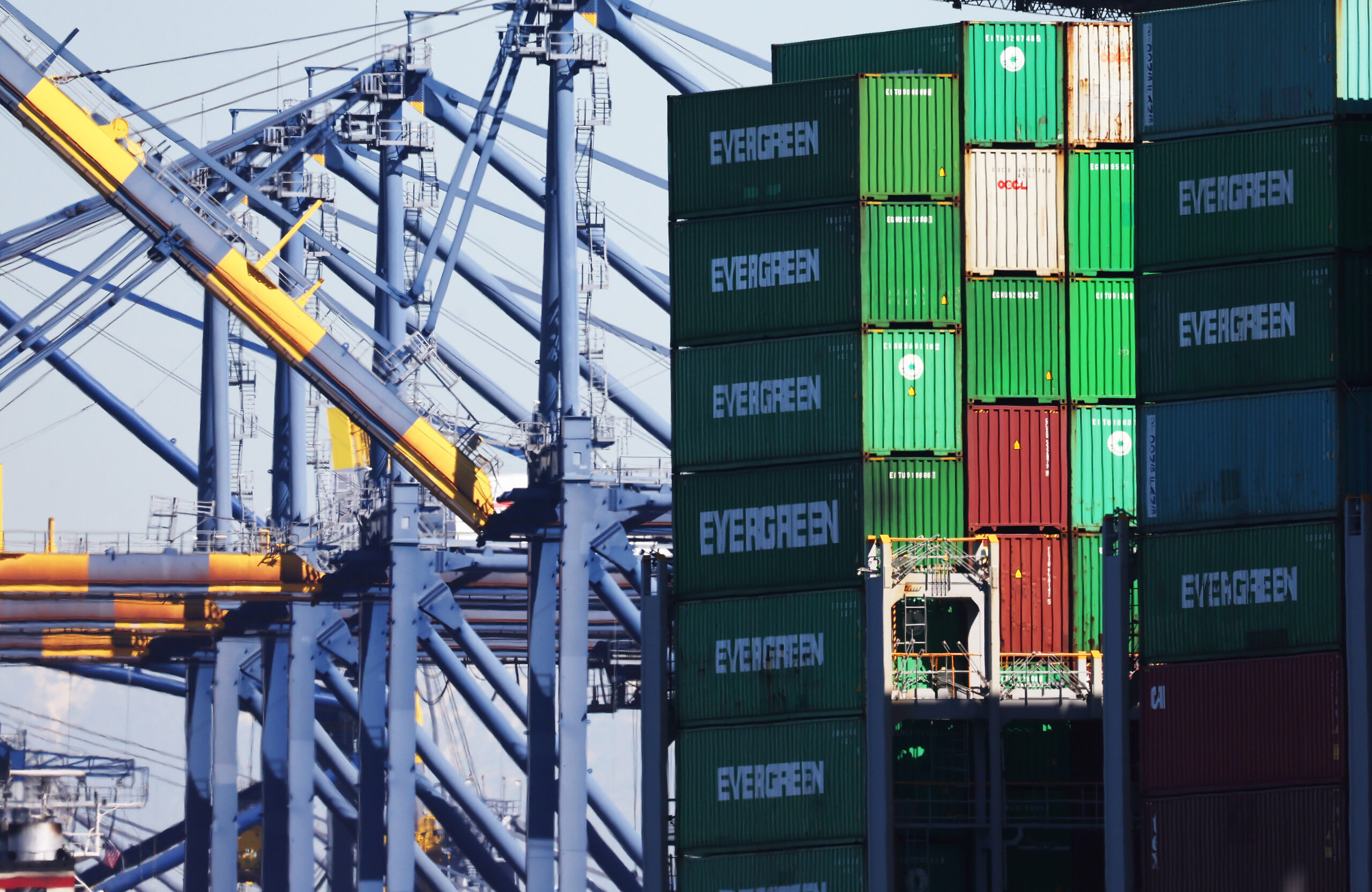As the Supreme Court Hears Arguments on Trump’s “Emergency” Tariffs, Few Good Outcomes Await
October 30, 2025
By Todd N. Tucker

This is a web-friendly preview of the brief.
On Wednesday, November 5, the Supreme Court will hear extended arguments about the legality of the Trump administration’s tariffs under the International Emergencies Economic Powers Act, or IEEPA. Brought by a suite of importers represented by libertarian law firms and blue state attorneys general, the legal battle could culminate in a wide range of outcomes as outlined in this brief. The complexity of these challenges illustrates an example of a much broader problem in trade policy and beyond: A functioning and effective government requires all three branches to check each other. Congress cannot shirk its constitutional duties and leave them to the courts.
The Supreme Court consolidated three of the eight challenges Trump’s tariffs have faced in federal court: V.O.S. Selections Inc. v. Trump, Oregon v. US Department of Homeland Security, and Learning Resources v. Trump. The first two had been jointly ruled on by the Court of International Trade (CIT) in May, which found unanimously against the government. This ruling was appealed to the US Court of Appeals for the Federal Circuit, where an 11-judge panel ruled the following:
- Four judges (appointed by George H.W. Bush, Barack Obama, and two by Joe Biden) said the IEEPA doesn’t allow tariffs.
- Four judges (two appointed by George W. Bush II and Obama each, and including the current and former chief judges) said the IEEPA does allow tariffs.
- Three judges (one appointed by Clinton and two by Obama) said the IEEPA doesn’t allow these tariffs.
This latter bloc constituted the majority ruling. The Learning Resources case was ruled on separately in the US District Court for the District of Columbia in May by the Obama-appointed Judge Rudolph Contreras, who found that IEEPA doesn’t allow tariffs.
The long-awaited Supreme Court argument and eventual ruling could determine that Trump’s trade war is totally legal, totally illegal, or something in between. Indeed, while some cases have somewhat predictable outcomes in which informed observers can guess the likely ideological breakdown on the bench, this one could plausibly produce a 9–0 decision for or against Trump. This brief offers a guide to the options before the Court and assesses some of the strengths and weaknesses of each.
Suggested Citation
Tucker, Todd. 2025. “As the Supreme Court Hears Arguments on Trump’s ‘Emergency’ Tariffs, Few Good Outcomes Await.” Roosevelt Institute, October 31, 2025.
